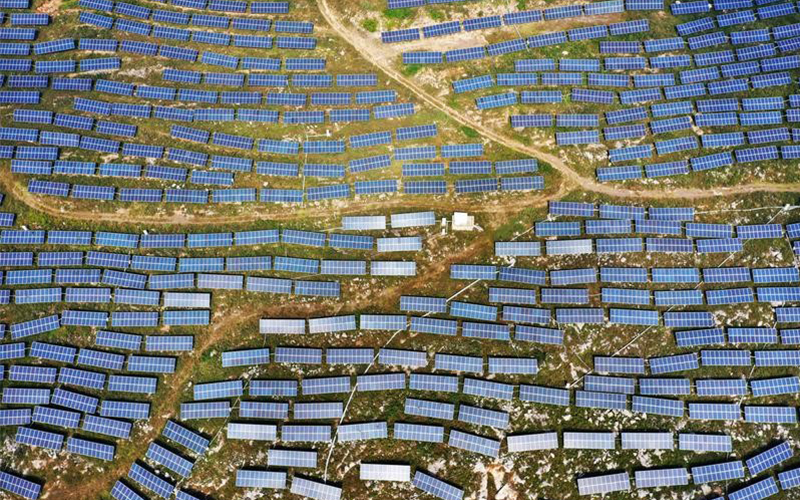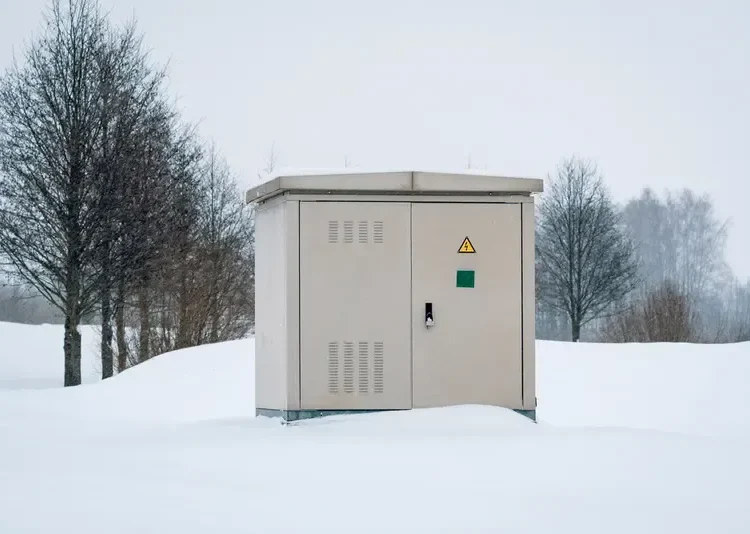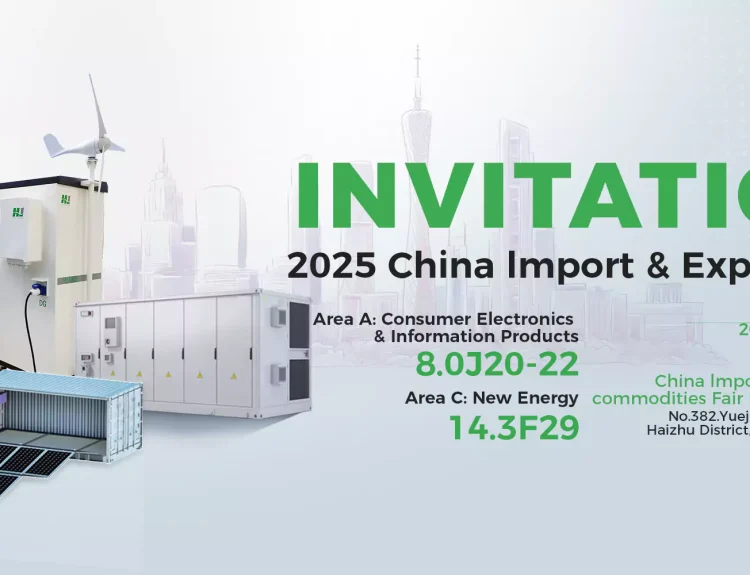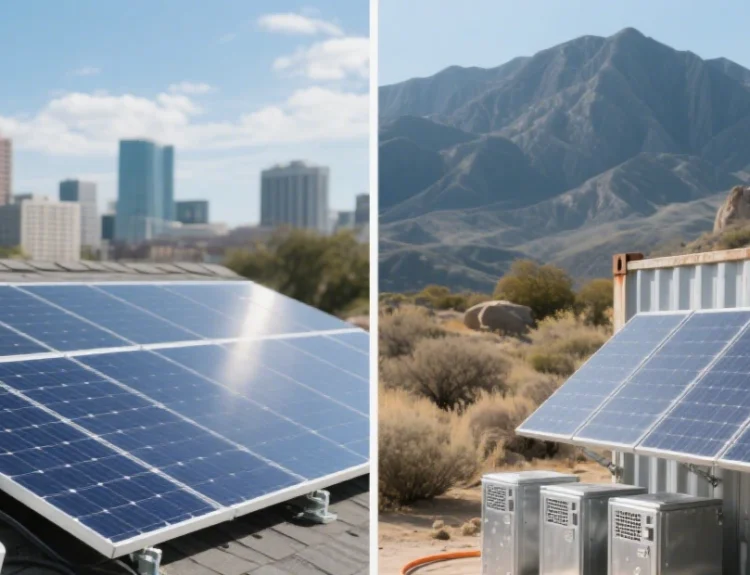Remote communities face unique challenges in accessing electricity that require innovative solutions. Island microgrids are a sustainable alternative to traditional grid-connected systems, enabling energy independence, increased resilience, and significantly reducing reliance on fossil fuels.
However, building efficient and reliable island microgrids requires addressing key challenges in design, technology integration, and economic feasibility.
Understanding Island Microgrids
Island microgrids are decentralized energy systems designed for areas without access to a centralized grid or with unreliable infrastructure. These systems:
- They integrate multiple renewable energy sources, such as solar, wind, and hydroelectric.
- They include energy storage solutions that balance production and demand.
- They use advanced technology to control power converters in AC microgrids, ensuring efficient distribution and network stability.
Key Challenges and Solutions
Energy Audits and Resource Assessments
A comprehensive energy audit is the first step in designing a microgrid. This means:
- Analyzing current energy consumption in the residential and commercial sectors.
- Anticipating future demand and consumption peaks.
By understanding the island’s energy needs, designers can choose the right generation and storage capacity.
Renewable Energy Options
The choice of renewable energy depends on geographic and environmental factors:
- Solar energy: Ideal for islands with abundant, constant sunlight.
- Wind turbines: Ideal for areas with strong and steady winds.
- Hybrid systems: Combine solar, wind, and other energy sources to ensure reliability and reduce intermittency.
Advanced Energy Storage Integration
Energy storage technologies connect production with consumption. Common options include:
- Battery Energy Storage Systems (BESS): Provide scalability and fast response.
- Pumped hydro and compressed air energy storage (CAES): They provide long-term storage solutions.
- Thermal Energy Storage (TES): Suitable for areas with specific resources.
Each option requires a life cycle cost analysis to balance initial cost, maintenance cost, and environmental impact.
Optimizing Power Flow with Electronic Converters
Electronic converters are essential for managing energy flows in microgrids:
- They ensure the integration of multiple energy sources.
- They allow control of power converters in AC microgrids to stabilize voltage and frequency.
- Dynamic load balancing is supported by AI-driven control systems.
Economic feasibility and sustainability
The financial viability of an island microgrid depends on a detailed cost-benefit analysis:
- Capital and operating costs: including initial installation, maintenance, and possible upgrades.
- Government subsidies: incentives to adopt renewable energy can significantly reduce costs.
- Energy independence: reducing reliance on expensive fossil fuels and achieving long-term savings.
The role of monitoring and cybersecurity
Advanced monitoring systems ensure the reliability of microgrids:
- Real-time diagnostics: identifying and resolving problems before they become serious.
- Cybersecurity measures: protecting the network from potential threats and ensuring operational integrity.



